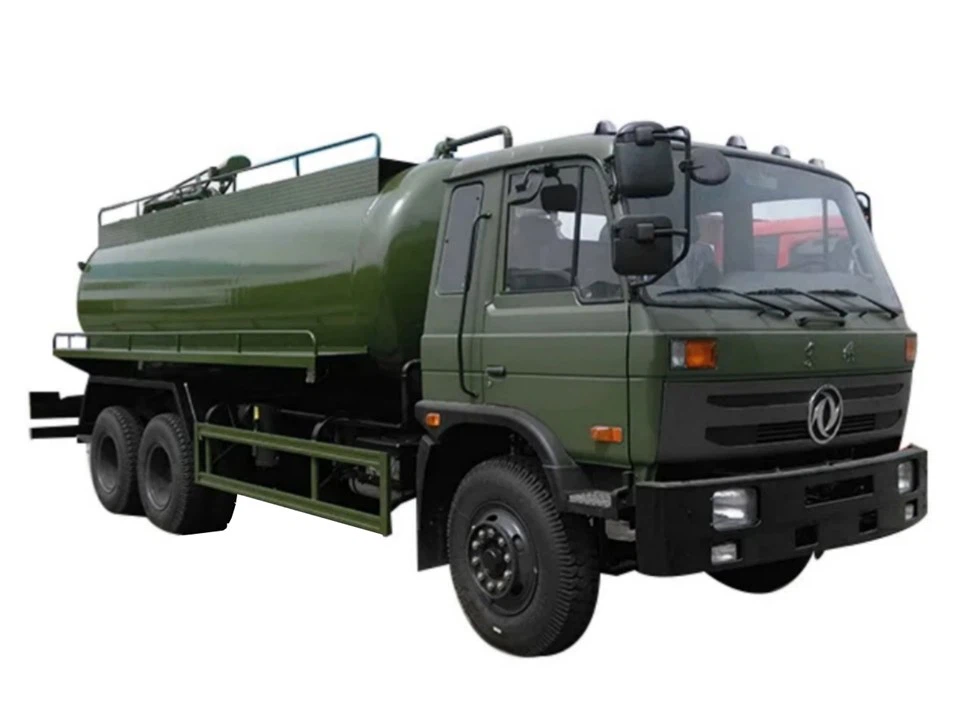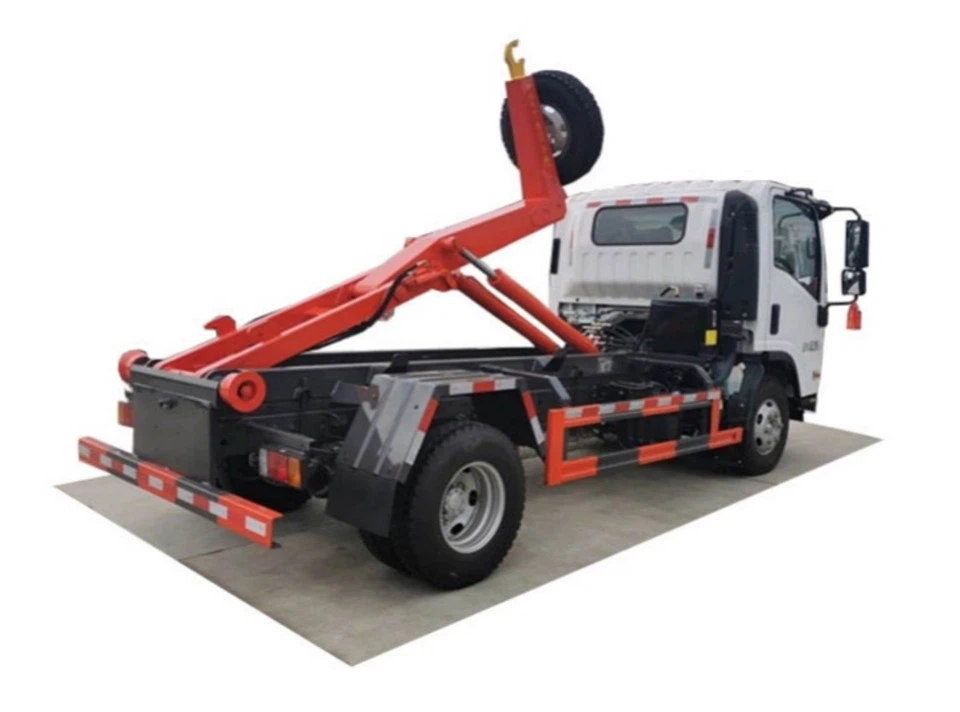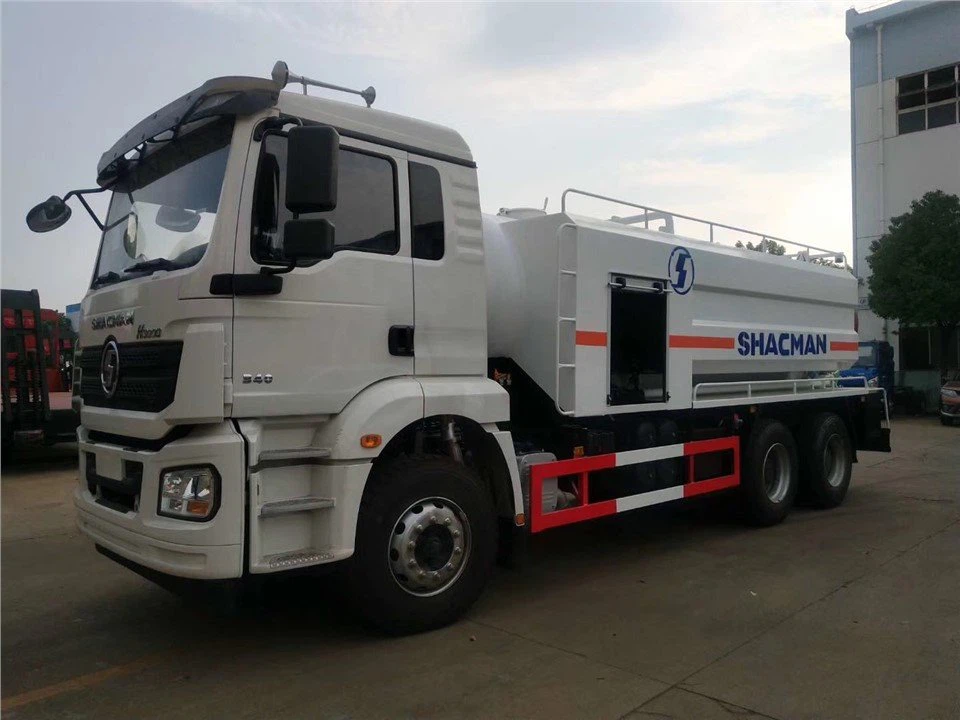Everything You Need to Know About Front End Trucks

The term “front end truck” refers to a vital category of vehicles designed for specific functions in various industries. Understanding front end trucks is crucial for businesses involved in logistics, construction, and transportation. This article will delve into the different types, uses, and benefits of front end trucks, along with practical tips, comparisons, and expert advice to guide your decisions.
What is a Front End Truck?
A front end truck is a vehicle designed primarily for lifting, loading, and transporting materials and goods. These trucks are characterized by their powerful front-end lifting mechanisms, which can handle heavy loads, making them indispensable in material handling operations. They come in various configurations, including forklifts, front-end loaders, and yard trucks.
Types of Front End Trucks
1. Forklifts
Forklifts are the most recognizable type of front end truck, featuring two prongs at the front for lifting pallets and heavy objects. They are commonly used in warehouses and manufacturing facilities.
Specifications and Features
| Type | Load Capacity | Power Source | Best Use |
|---|---|---|---|
| Electric Forklift | 3,000 – 20,000 lbs | Electric Battery | Indoor use |
| Gas Forklift | 4,000 – 30,000 lbs | Propane or Gasoline | Outdoor use |
Practical Examples
In a warehouse, electric forklifts are typically used for moving goods over short distances, while gas forklifts are better suited for outdoor yard operations where heavier loads are common.
2. Front-End Loaders
Front-end loaders are heavy machines equipped with a bucket at the front, catching materials such as dirt or gravel. They are extensively used in construction and agriculture.
Specifications and Features

| Loader Type | Horsepower | Weight | Common Uses |
|---|---|---|---|
| Small Loader | 50 – 70 hp | 5,000 – 9,000 lbs | Landscaping |
| Large Loader | 150 – 200 hp | 25,000 – 40,000 lbs | Heavy Construction |
Practical Examples
Small front-end loaders can be utilized for landscaping projects, while large loaders handle earthmoving tasks on construction sites.
3. Yard Trucks (Terminal Tractors)
Yard trucks, also known as terminal tractors, are specialized vehicles designed for moving trailers in freight yards. They have a distinctive cab design that allows for tight maneuvering.
Specifications and Features
| Type | Load Capacity | Engine Type | Best Use |
|---|---|---|---|
| Standard Yard Truck | 15,000 – 30,000 lbs | Diesel or Electric | Freight Yards |
| Heavy-Duty Yard Truck | 30,000 – 50,000 lbs | Diesel | Shipping Ports |
Practical Examples
Standard yard trucks are perfect for moving freight containers within a warehouse, while heavy-duty versions are used at ports for heavier loads.
Benefits of Using Front End Trucks
1. Increased Efficiency
Front end trucks enhance operational efficiency by streamlining the loading and unloading process, minimizing manual labor, and speeding up the workflow.
2. Improved Safety
These trucks are designed with safety features such as stability controls and operator shielding, significantly reducing the risk of accidents in the workplace.
3. Versatility
With multiple types of front end trucks available, companies can select the best fit for their specific needs, whether moving materials, loading trucks, or handling bulky items.
4. Cost-Effectiveness
Investing in front end trucks can lead to long-term savings. Efficient material handling reduces labor costs and increases productivity, resulting in a solid return on investment.
Choosing the Right Front End Truck
1. Assess Your Needs
Understanding your specific operational requirements is key. Assess the type of materials you handle, load sizes, and the physical space you’re operating in.
2. Evaluate Load Capacity
Choose a front end truck that can accommodate your heaviest loads. Always consider future needs in addition to current requirements to avoid outgrowing your equipment.
3. Consider Power Source
Evaluate fuel types based on your working environment. Electric trucks may be better for indoor use, while diesel trucks could be more suitable for outdoor settings.
4. Research and Compare Brands
Take the time to explore reputable brands and their models. Compare factors such as warranty, service support, and user reviews.
5. Focus on Ergonomics and Operator Comfort
Invest in front end trucks that prioritize operator comfort. Features like adjustable seating, visibility, and ease of controls can enhance the working experience and reduce fatigue.
Maintenance Tips for Front End Trucks
1. Regular Inspections
Perform routine inspections to identify issues before they escalate. Check essential components like brakes, tires, and hydraulic systems.
2. Scheduled Servicing
Follow the manufacturer’s recommended service schedule. Regular maintenance can extend the life of front end trucks and ensure reliable performance.
3. Cleanliness is Key
Keep front end trucks clean. Dirt and debris can lead to malfunctions, affecting efficiency and safety.
4. Operator Training
Ensure that all operators are properly trained. Adequate training reduces accidents and prolongs equipment life by teaching best practices and maintenance tips.
Future Trends in Front End Truck Technology
1. Electrification
As businesses focus on sustainability, more front end trucks are being developed with electric powertrains to reduce carbon emissions and fuel costs.
2. Automation
The rise of automated guided vehicles (AGVs) presents a trend toward greater automation in material handling, making operations more efficient and safe.
3. Advanced Safety Features
Incorporating technology such as collision avoidance systems and enhanced visibility aids is becoming commonplace to improve operator safety.
4. Data Integration
Integrating Internet of Things (IoT) technology allows real-time tracking of equipment performance and predictive maintenance capabilities.

FAQs About Front End Trucks

1. What is the difference between a forklift and a front-end loader?
A forklift is designed for lifting and moving pallets, while a front-end loader is primarily used for scooping and transporting materials like gravel and soil.
2. How much does it cost to buy a front end truck?
The price varies significantly based on type and specifications, ranging from $20,000 for smaller forklifts to over $100,000 for large front-end loaders.
3. Can front end trucks be used indoors?
Yes, but ensure the type of front end truck is suitable for indoor use. Electric forklifts are typically the best choice for warehouse settings.
4. How often should front end trucks be serviced?
Follow the manufacturer’s guidelines and conduct routine maintenance checks every 200-500 hours of operation, depending on usage conditions.
5. What safety features should I look for in a front-end truck?
Look for features such as stability controls, operator presence systems, and automatic braking options to enhance safety during operation.
6. Are there any training requirements for operating front end trucks?
Yes, most jurisdictions require operators to undergo training and certification to ensure they can safely and effectively operate front end trucks.
